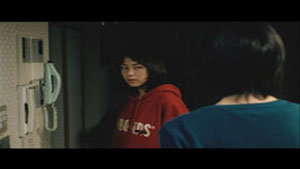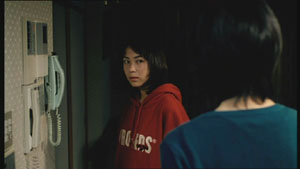Sidrack Marinho
n00b
- Joined
- Jul 28, 2008
- Messages
- 16
Folks,
I have this monitor and after looking into the different sets of configurations, I wasn't able to find out the answers I was looking for. Maybe you can help me on that.
This is my current LCD:
http://www.prad.de/en/monitore/review/2008/review-lg-w2452v.html
Refresh rate:
First of all, the native resolution is 1920x1200. If you wanna use all other resolutions, you will only be able to use 60Hz. Unless you wanna try 1280x1024 or 1280x960, which will allow you to use 75Hz.
Here's the question - if you are using any resolution with 60Hz, your eyes will be more tired than if you use 75Hz? I know it may not make sense, since this is not CRT, but some people were reporting more eye fatigue in such cases. Not sure if it's related to the refresh rate, or any other factors (maybe they were looking many white background pages, which reflects the light in the worse way imaginable).
And where I can find LCD monitors using 1920x1080 / 1920x1200 plus the 75 or higher refresh rate?
Aspect ratio:
Regarding 1:1 pixel mapping, I heard about it and since I don't have any monitor announced with this feature, I can't say/know how does it work.
What I do know is that, unless I am using 1920x1200, the lower resolution will be distorted if I try to use the entire screen space. There's a way to see the image keeping the Aspect Ratio but it will generate black bars in all 4 sides of the monitor.
I tried to use all kinds of configurations here, but I failed to deliver the image without distortion while using any resolution other than 1920x1200.
And this is my VGA card:
8800 GTS 512 MB EVGA
I used the nVidia Control Panel, and the monitor menus, plus the Forceware program.
Can someone explain to me why the images are being distorted? I need to mantain the A.R. using all kinds of resolutions. No distortion on the sides, at all settings. And no black bars, unless I am watching 4:3 or 2.35:1 videos.
I have this monitor and after looking into the different sets of configurations, I wasn't able to find out the answers I was looking for. Maybe you can help me on that.
This is my current LCD:
http://www.prad.de/en/monitore/review/2008/review-lg-w2452v.html
Refresh rate:
First of all, the native resolution is 1920x1200. If you wanna use all other resolutions, you will only be able to use 60Hz. Unless you wanna try 1280x1024 or 1280x960, which will allow you to use 75Hz.
Here's the question - if you are using any resolution with 60Hz, your eyes will be more tired than if you use 75Hz? I know it may not make sense, since this is not CRT, but some people were reporting more eye fatigue in such cases. Not sure if it's related to the refresh rate, or any other factors (maybe they were looking many white background pages, which reflects the light in the worse way imaginable).
And where I can find LCD monitors using 1920x1080 / 1920x1200 plus the 75 or higher refresh rate?
Aspect ratio:
Regarding 1:1 pixel mapping, I heard about it and since I don't have any monitor announced with this feature, I can't say/know how does it work.
What I do know is that, unless I am using 1920x1200, the lower resolution will be distorted if I try to use the entire screen space. There's a way to see the image keeping the Aspect Ratio but it will generate black bars in all 4 sides of the monitor.
I tried to use all kinds of configurations here, but I failed to deliver the image without distortion while using any resolution other than 1920x1200.
And this is my VGA card:
8800 GTS 512 MB EVGA
I used the nVidia Control Panel, and the monitor menus, plus the Forceware program.
Can someone explain to me why the images are being distorted? I need to mantain the A.R. using all kinds of resolutions. No distortion on the sides, at all settings. And no black bars, unless I am watching 4:3 or 2.35:1 videos.
![[H]ard|Forum](/styles/hardforum/xenforo/logo_dark.png)


